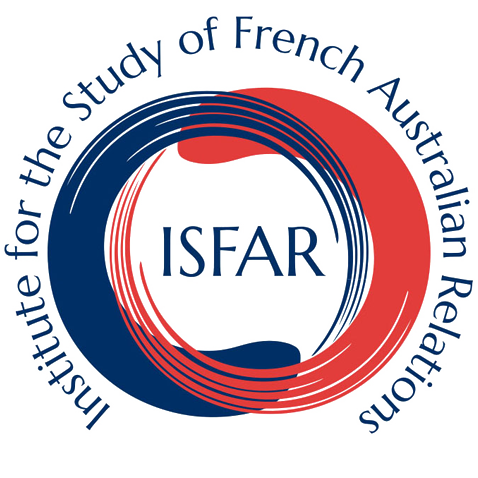The French Australian Review – No 72 Australian Winter 2022
ISSN 2981-894X (Online), ISSN 2203-5362 (Print) Foreword KERRY MULLAN, Preface IVAN BARKO, Tribute to Colin Nettelbeck ALEXIS BERGANTZ AND ELIZABETH RECHNIEWSKI, ISFAR@35: Australia and France in a Regional Global Context: Past Engagements and Future Research Directions The authors review the work of ISFAR, The French Australian Review and The ISFAR Research Committee […]
Explorations – No 27 Dec 1999
PATRICIA CLANCY, JACQUES DE SAINT-FERJEUX, COLIN THORNTON-SMITH, Foreword EDWARD DUYKER, A Distant Thunder: Napoleon, Australia and the National Library Edward Duyker relates the rise of Napoleon and its effects upon Australia; for example, the Peace of Amiens meant the French in Mauritius were given permission to explore trade with Australia and Nicolas Baudin was able […]
